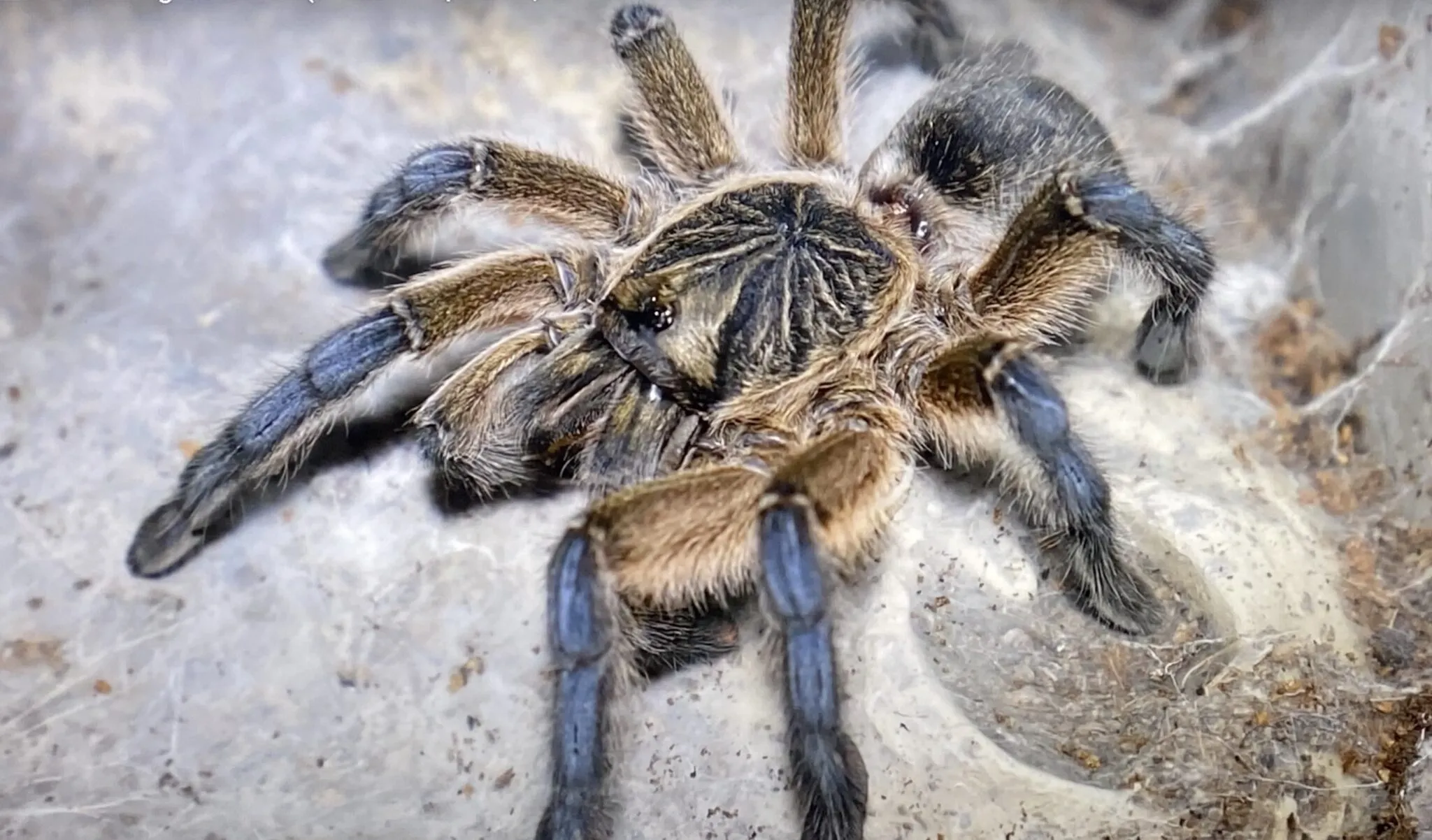What Does a Hungry Tarantula Look Like?
Owning a tarantula can be a fascinating experience, but understanding their needs is crucial to their well-being. One of the primary concerns for any tarantula owner is ensuring their pet is properly fed. Unlike mammals, tarantulas don’t always exhibit obvious signs of hunger. Knowing the signs can help you ensure your tarantula remains healthy and happy. This guide breaks down five key signs that can help you determine if your tarantula is hungry and ready for its next meal.
Abdominal Size
The abdomen is a critical indicator of a tarantula’s nutritional status. A well-fed tarantula will have a plump abdomen, while a hungry one will have a noticeably smaller abdomen. This is because the abdomen stores nutrients, and as the tarantula consumes food, the abdomen expands. Regularly monitoring the abdomen size is one of the easiest ways to assess your tarantula’s hunger level.
Why Abdominal Size Matters

A plump abdomen indicates that the tarantula has sufficient energy reserves and is in good health. A small abdomen, on the other hand, suggests that the tarantula has depleted its reserves and needs to eat. However, it’s also essential to note that a very large abdomen might indicate overfeeding, which can be just as harmful. Striking the right balance is crucial for your tarantula’s well-being. Always observe its overall health and well-being before making changes to its diet.
How to Assess Your Tarantula’s Abdomen
To assess your tarantula’s abdomen, observe it from above and the side. A healthy tarantula abdomen should be at least as wide as the carapace (the top part of its body). If the abdomen appears significantly smaller or if you can see noticeable indentations, it might be time to offer a meal. Use a good source of light to help with the observation. Make sure to avoid any disturbances while your tarantula is resting.
Behavioral Changes
Changes in behavior can also signal a tarantula’s hunger. While tarantulas are generally not very active, a hungry tarantula might exhibit increased activity levels, such as pacing or exploring its enclosure more frequently than usual. These behaviors can be clues to its need for food. Observing these changes can help you feed your tarantula appropriately.
Increased Activity
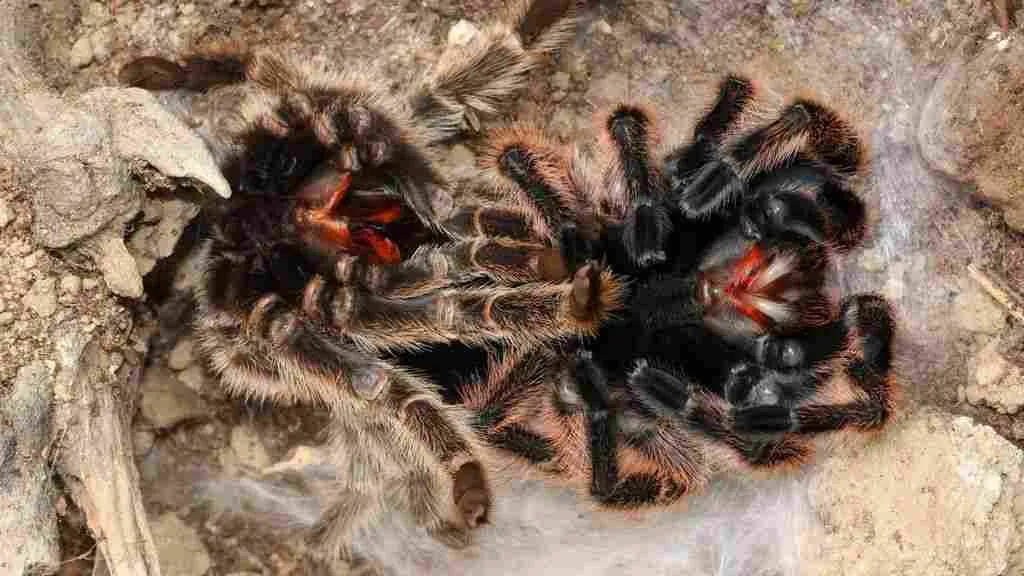
A hungry tarantula may become more active, moving around its enclosure more frequently than usual. If your tarantula typically spends most of its time in one spot but suddenly starts exploring, it could be a sign of hunger. This increased activity is their way of searching for food, or at least the expectation of it.
Pacing and Exploration
Pacing, or repeatedly walking the same route around the enclosure, is another behavioral sign. This behavior, combined with exploration, suggests that your tarantula is actively searching for food. Observe these behaviors carefully, as they can be subtle. If you see your tarantula pacing or exploring, it might be time to offer it a meal. Remember to document its behavior with images and other things in case of future issues.
Defensive Posture
A hungry tarantula might also display a defensive posture more readily than usual. While defensive behavior is common in tarantulas, an increased frequency or intensity can indicate stress, which may be related to hunger. Always assess the overall environment, including environmental factors, to make the proper decisions.
Defensive Postures

Defensive postures can include raising the front legs, exposing fangs, or flicking hairs from their abdomen (a defense mechanism called urticating hairs). These postures are not always a sign of hunger, but if your tarantula is also showing other signs, it could indicate that it’s feeling vulnerable due to lack of food. Make sure to maintain the enclosure without making unnecessary disturbances.
Tarantula’s defensive behavior
Pay attention to when your tarantula displays defensive behavior. If it’s more frequent than usual, especially after a period without food, hunger could be a contributing factor. Be cautious when handling or interacting with your tarantula if it’s showing defensive postures. It’s best to wait until it’s calm before attempting any interaction.
Feeding Response
A tarantula’s feeding response is a key indicator of its appetite. A hungry tarantula will typically show an eagerness to feed and may readily attack prey. This is one of the most straightforward ways to tell if your tarantula is ready to eat. A lack of interest in food, on the other hand, can indicate that it’s not hungry, has recently eaten, or is approaching a molt. Observe and keep a record of its feeding behavior.
Eagerness to Feed
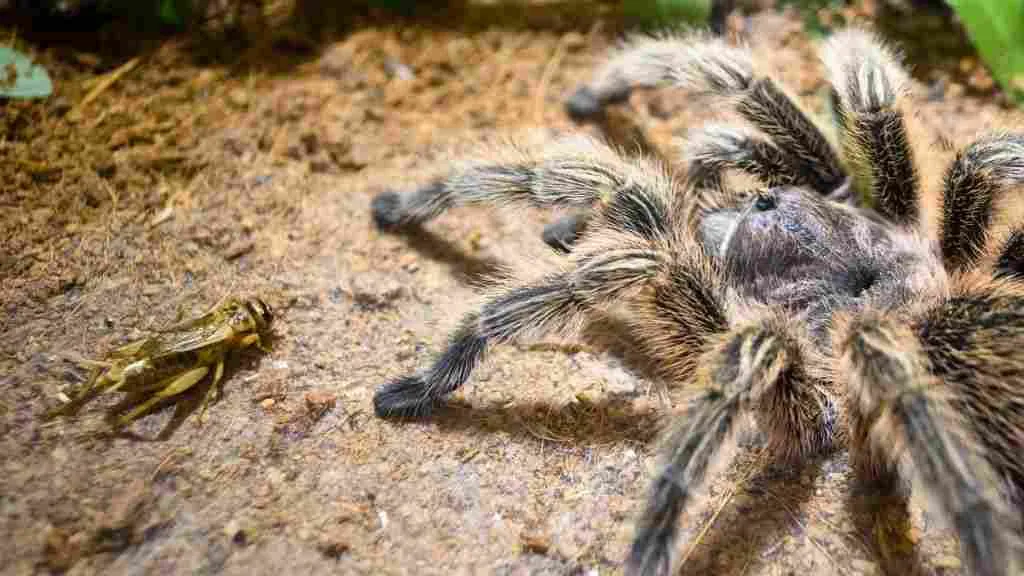
A hungry tarantula will often pounce on prey the moment it is offered. If your tarantula shows an immediate and aggressive response to food, such as crickets or other insects, it is likely hungry. This is a positive sign that it is ready to eat and that its appetite is healthy. Watch its reaction closely; a tarantula’s feeding response can tell you a lot about its overall health.
Timing of Feeding
The timing of feeding is important. Feed your tarantula appropriately, and you can start with smaller portions if you’re unsure about its hunger. If it quickly eats the prey, you can offer another. Be careful not to overfeed, as this can lead to health issues. Adjust the feeding schedule based on your tarantula’s size, age, and activity level.
Molting Cycle
Molting is a natural process for tarantulas, during which they shed their exoskeletons. The molting cycle significantly impacts a tarantula’s appetite. Understanding this connection can help you determine whether your tarantula’s lack of interest in food is due to hunger or the molting process. Keep detailed records about it, since it is an important process.
The Connection Between Molting and Appetite
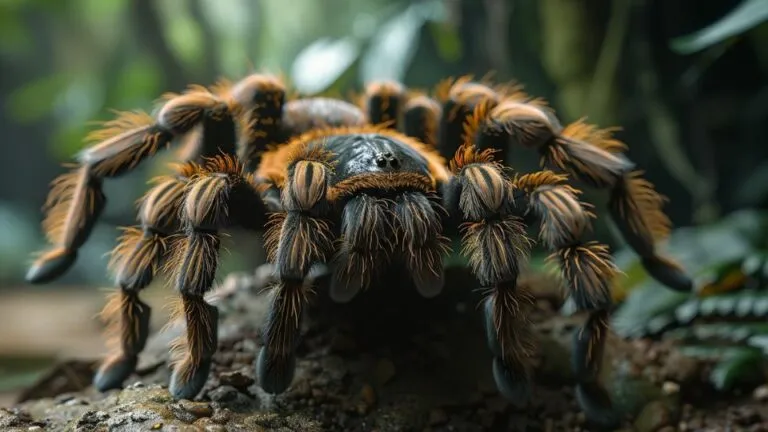
Tarantulas typically stop eating a few weeks before they molt. During this time, they conserve energy for the molting process. If your tarantula has refused food for an extended period and appears to be preparing to molt (e.g., their abdomen is darkening), do not force-feed it. This is normal behavior and should not cause concern. Ensure that the environment has adequate humidity and temperature for a healthy molt.
Post-Molting Feeding
After molting, a tarantula’s exoskeleton is soft, so it will usually not eat for a few days. Once the exoskeleton hardens, your tarantula will likely have a ravenous appetite. You can then offer it a meal, but start with a small portion. Molting is a vulnerable time for tarantulas. Providing the proper conditions and waiting for the exoskeleton to harden will help your tarantula recover and thrive.
Environmental Factors
Environmental conditions can also influence a tarantula’s appetite. Temperature and humidity play crucial roles in their metabolism and feeding behavior. If the environment is not optimized, your tarantula might not feel inclined to eat, even if it’s hungry. Make sure to provide the ideal environment.
Temperature
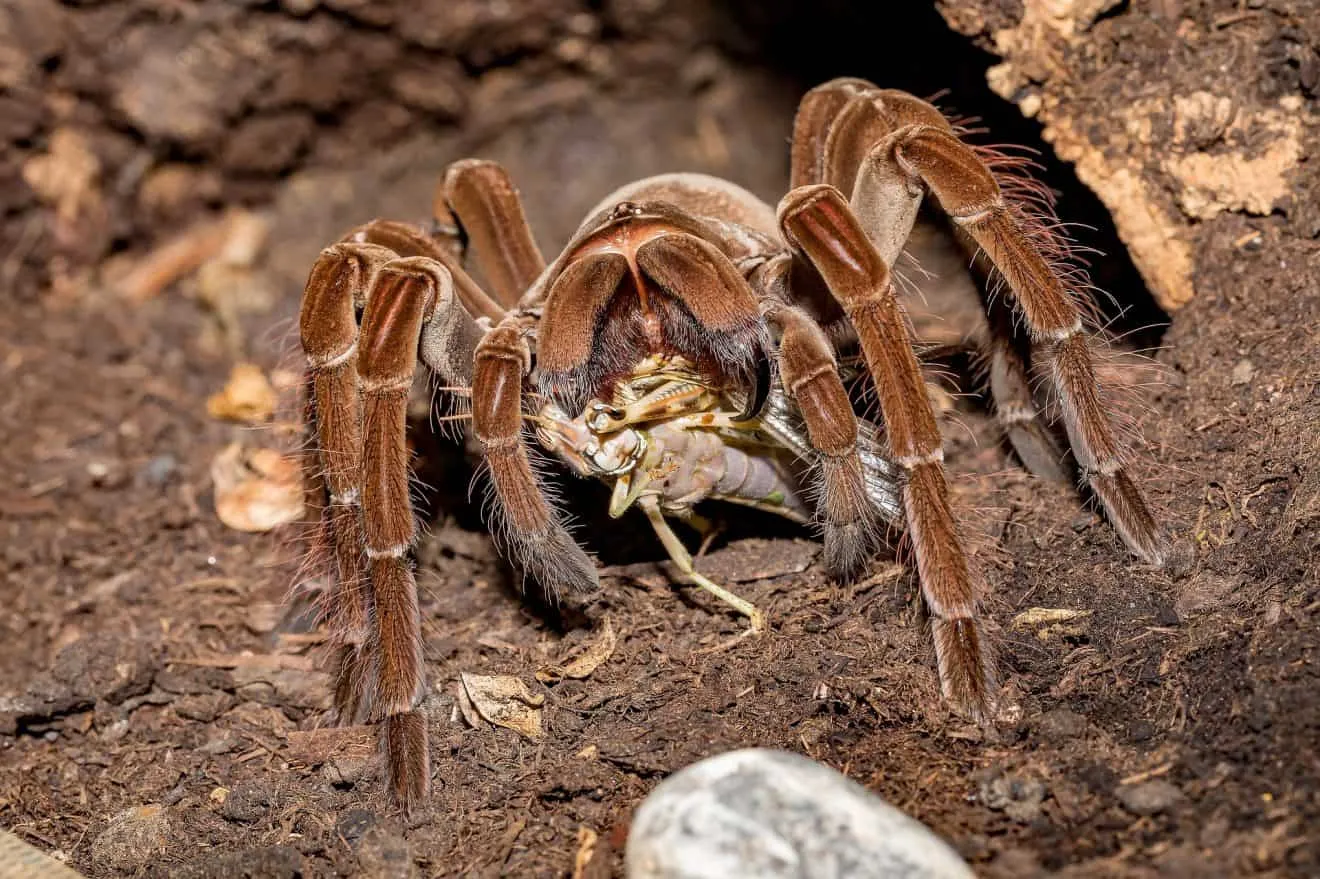
Tarantulas are ectothermic, meaning their body temperature depends on their surroundings. If the enclosure is too cold, their metabolism slows down, and they may lose their appetite. Maintaining the correct temperature range is essential for your tarantula’s health and feeding behavior. Regularly monitor and adjust the temperature.
Impact of Temperature on Appetite
The ideal temperature for most tarantula species is between 75°F and 85°F (24°C and 29°C). If the temperature drops below this range, your tarantula might become lethargic and stop eating. Conversely, extremely high temperatures can also suppress appetite. Use a thermometer to monitor the enclosure’s temperature, and provide a heat source if necessary.
Humidity
Humidity is another critical factor. Low humidity can cause dehydration, which can lead to health problems and a reduced appetite. High humidity, on the other hand, can lead to mold and other issues. Providing the correct humidity levels is essential for your tarantula’s well-being.
Effect of Humidity on Feeding

The humidity requirements vary depending on the tarantula species, but it generally ranges from 60% to 80%. Use a hygrometer to monitor humidity. If the humidity is too low, mist the enclosure with water. If it is too high, improve ventilation. Proper humidity helps maintain the tarantula’s health and encourages a healthy appetite. Keep the humidity to the adequate level for a happy tarantula.
Conclusion
Knowing if your tarantula is hungry involves understanding their behavior, physical condition, and environmental needs. By observing abdomen size, behavioral changes, feeding responses, molting cycles, and environmental factors, you can determine if your tarantula needs a meal. Remember that each tarantula is unique, and their feeding habits may vary. Regularly monitor your pet, keep detailed records, and adjust your care based on their specific needs to ensure they live a healthy and fulfilling life.
